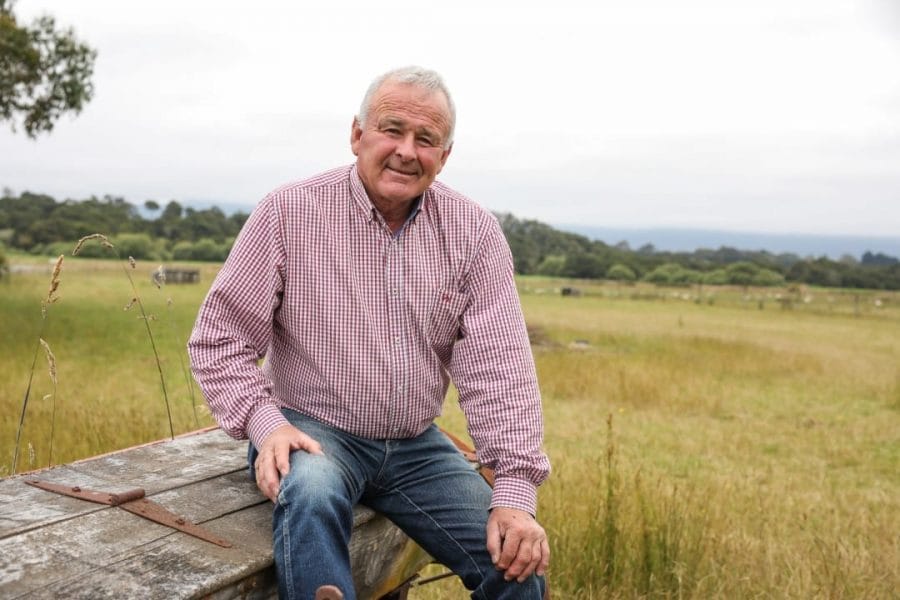
Environment Southland councillors have officially adopted the 2024-2034 Long-term Plan, Investing in Southland Whakangao Ki Murihiku. Chairman Nicol Horrell highlighted that the plan addresses current and future community challenges, particularly focusing on resilience and climate change response.
“We want to position Southland as well as we can to weather, and recover quickly from, the inevitable floods that will come our way,” Horrell stated. He added that planning and delivering long-term flood resilience is essential for the regional council’s work to ensure community safety, but funding this effort posed a significant challenge.
The Long-term Plan outlines the council’s budgets and work programmes for the next ten years, with a particular emphasis on the first three years. Developed in consultation with the community during a time of high inflation and rising interest rates, the plan aims to balance necessary investments with affordability.
“As a community, you have sent us strong messages around the affordability of our proposed plans and the level of future potential debt,” Horrell said. In response to community feedback, councillors agreed to reduce forecast rates rises and transition towards a new rating model over the next two years.
The key consultation proposal focused on significant investment in flood protection to improve community resilience. As a result of the 330 submissions received, the council reduced its proposed $2.3m investment in flood protection to $1.17m for 2024-2025 by using reserves instead of rates and adjusting the timing of some work. The average annual total rates increase has decreased from the initially proposed 23% to 12.6%. For a $450,000 property, this translates to an increase of $34 per annum, or 67c a week.
The community expressed strong support for ongoing flood protection, but also voiced concerns about the scale and speed of the work, as well as affordability. Horrell emphasised, “All of our responsibilities require long-term, future-focused thinking and planning. As councillors, we have not gone into this Long-term Plan lightly. We understand the ongoing challenges our communities are facing and have responded to the community’s voice.”
Key decisions made by the council include:
- Funding flood protection operating expenditure with $2.34m of lease area reserves to reduce the impact on rates over four years, as consulted on with Catchment Liaison Committees.
- Implementing a two-year transition to a Capital Value rating system, with further consultation during 2024-2025 on funding river management programmes through local or regional rates.
- Using $1.38m over four years from biosecurity and land sustainability surpluses to fund ongoing work programmes and offset rates.
- Planning the flood protection capital works programme from 2027-2028 onwards, subject to detailed planning, government funding, and further community consultation.
The council conducted six weeks of community consultation starting in late March, receiving a record 330 submissions. Three hearing days were held in May, followed by three deliberations meetings in June.

